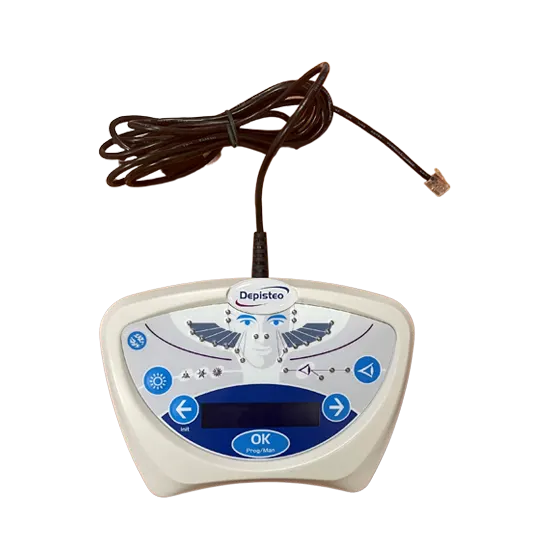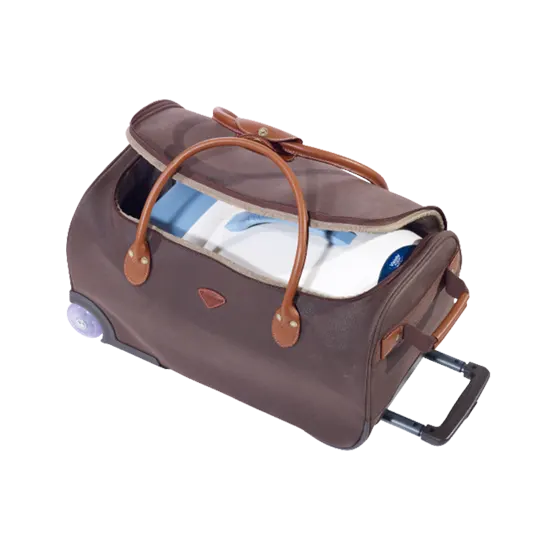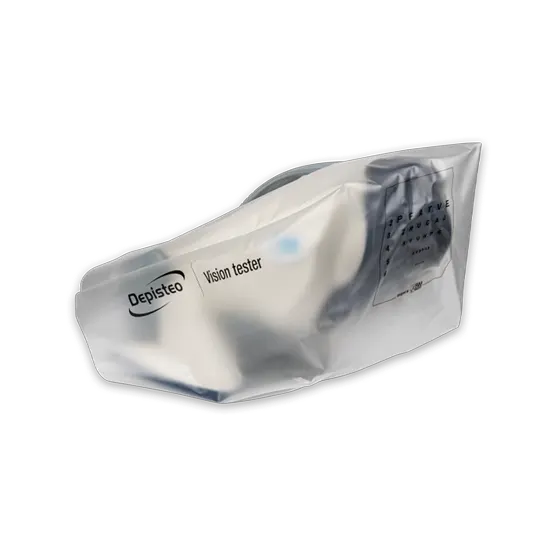VT1 4K VISION SCREENERS
VT1 4K Vision Screeners Equipment
Why use VT1 Vision Screener?
- Accurately detect visual problems with essential vision screening tests
- Improve your workflow with its user-friendly platform and customizable test sequences
- Save time by instantly inputting patient responses and exporting results
- Easily adaptable into EHR software
- VT1 Junior Edition unique feature: All-inclusive package with software and Remote Control
- DMV Edition unique feature: All-inclusive package with software and Remote Control
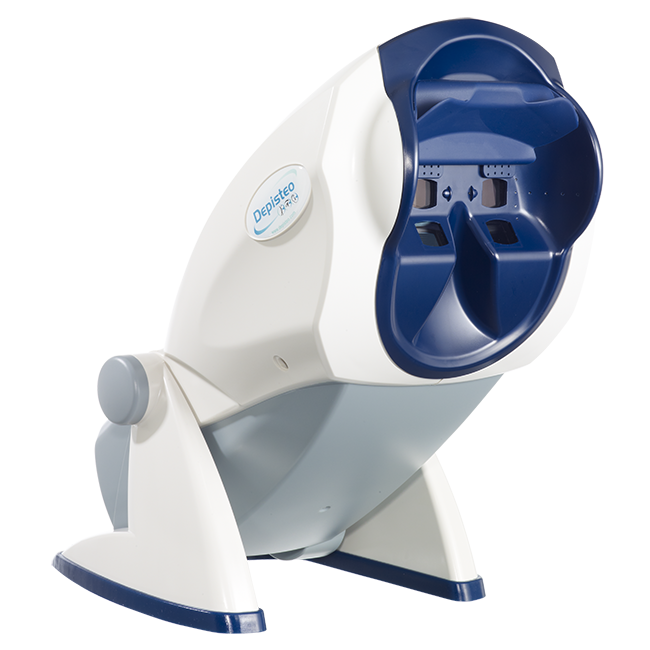

Find a Vision Screener Best for Your Industry
Need help choosing? Talk to us.
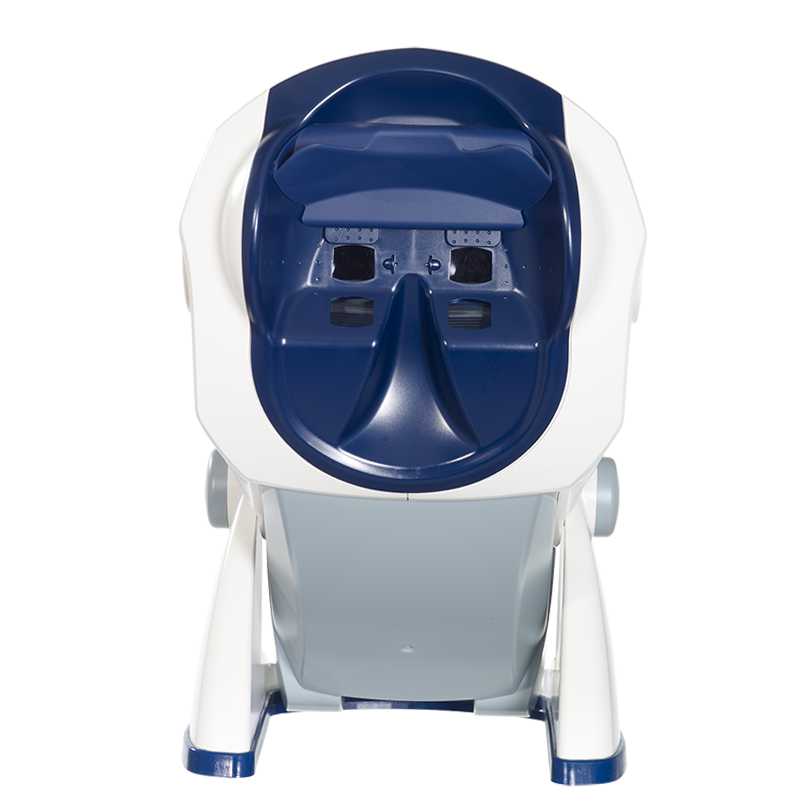
EDITION FOR PREVENTATIVE MEDICINE
Best for occupational health and preventative medicine
Screening Tests
- Acuity with Letters and Landolt Rings
- Hyperopia
- Astigmatism
- Vertical and Horizontal Phorias
- Fusion
- Depth Perception
- Color
- Night Vision
- Contrast
- Complete Visual Field (Vertical, Horizontal, Nasal and Central)
- Amsler Grid
- Distances: Far (20 ft.) and Near (14 in.)
- Luminosity: High, Low, and Mesopic (Night) Photopic
- Binocular and Monocular Modes
Unique Features
- Choice of Computerized VT1 Control and/or Remote Control
JUNIOR EDITION
Perfect size for testing visual acuity of children ages 5 and up
Screening Tests
- Acuity with Letters and Symbols
- Hyperopia +1
- Vertical and Horizontal Phorias
- Depth Perception
- Color
- Night Vision
- Distances: Far (20 ft.) and Near (14 in.)
- Luminosity: High, Low, and Mesopic (Night) Photopic
- Binocular and Monocular Modes
Unique Features
- All-inclusive package with software and Remote Control
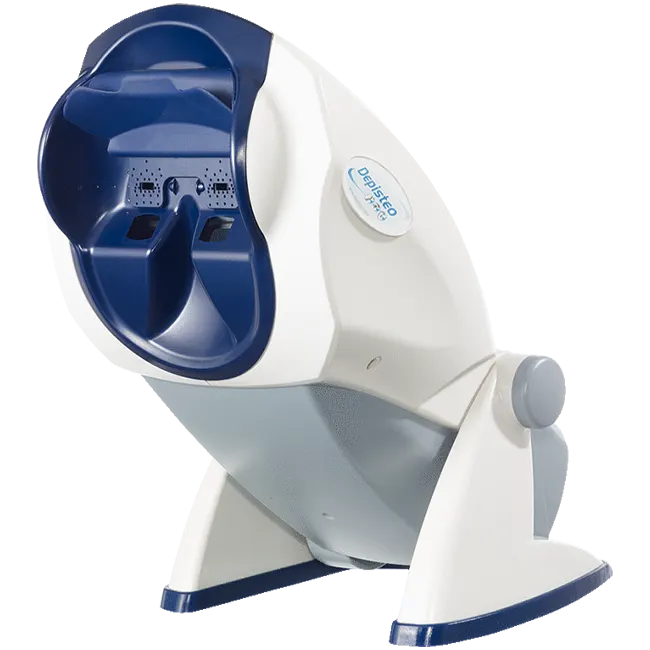

DMV EDITION
The additional test can be used by anyone
Screening Tests
- Acuity with Letters
- Vertical and Horizontal Phoria
- Fusion
- Depth Perception
- Color
- Complete Visual Field (Vertical, Horizontal, Nasal, and Central)
- Amsler Grid
- Luminosity: High, Low, and Mesopic (Night) Photopic
- Distances: Far (24 ft.), Intermediate (20 in.), and Near (14 in.)
- Binocular and Monocular Modes
- Computerized VT1 Control Included
Unique Features
- Choice of Computerized VT1 Control and/or Remote Control
Latest Articles By Depisteo
7 Necessary Functions of a General Vision Screener
Routine vision screening is a great way to check on the health of your eyes. It is an eye exam that is used...
Understanding Vision Screening Technology
When it comes to the matter of eye care, people now have access to a wide range of screening technology and procedures. With...
How Optometrists Screen for Glaucoma
Glaucoma is defined as a degeneration of the optic nerve and impaired eyesight because of pressure within the eye. It is a serious...
Frequently Asked Questions
The “binocular and monocular modes” allow you to assess both eyes together (binocular) and each eye individually (monocular). This feature enables you to identify any discrepancies between the eyes and uncover subtle vision issues that might not be evident in routine screenings and could effect eye health. This contributes to more precise diagnoses and tailored treatment plans for your patients.
Yes, the VT1 eye test machine is designed to seamlessly integrate with other optometry equipment that is commonly used in practices. This integration streamlines the documentation process, reduces manual data entry, and ensures that your patient’s screening results are easily accessible within your practice’s existing digital infrastructure.
Yes, the “distance” assessments can be adjusted to align with regional or national standards for visual acuity testing, including those required for driver’s license examinations. This customization ensures that your practice is in compliance with relevant regulations and can confidently provide screenings that meet specific criteria for various purposes, including road safety.
Yes, the VT1 can generate comprehensive reports detailing patients’ screening results. These reports can be shared with patients for transparency and education, helping them understand their visual health status and any recommended follow-up steps. These reports are also held on file to inform doctors and surgeons of any eye diseases or other health issues. This feature enhances patient engagement and encourages proactive eye care.
The frequency of screenings using the VT1 can vary based on factors such as patients’ age, risk factors, and medical history. However, as a general guideline, optometrists may consider integrating VT1 screenings into routine eye examinations to ensure that patients’ visual assessments remain accurate and up-to-date over time.

